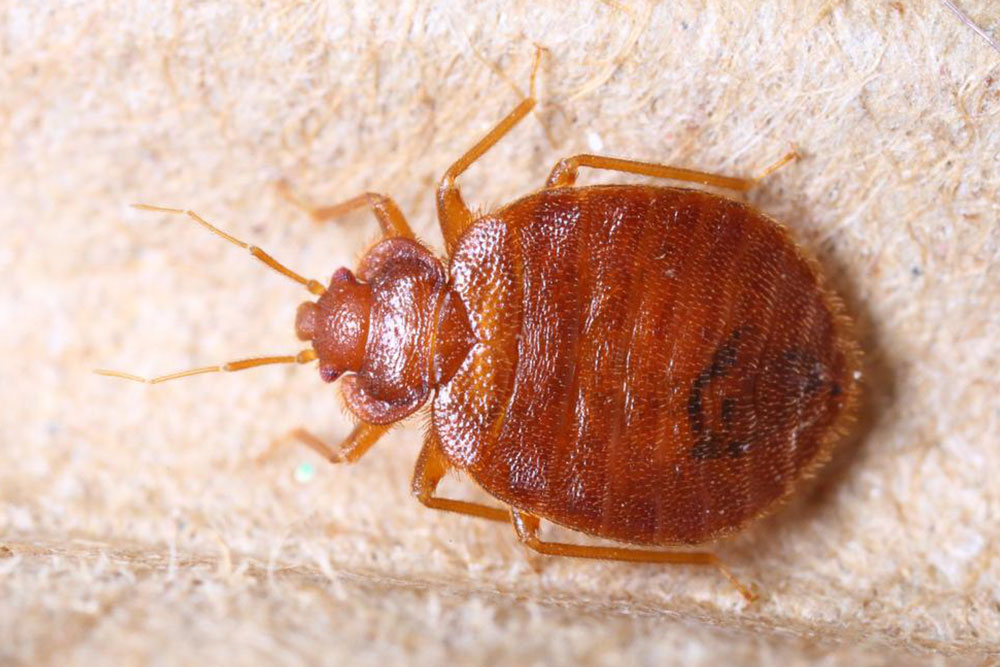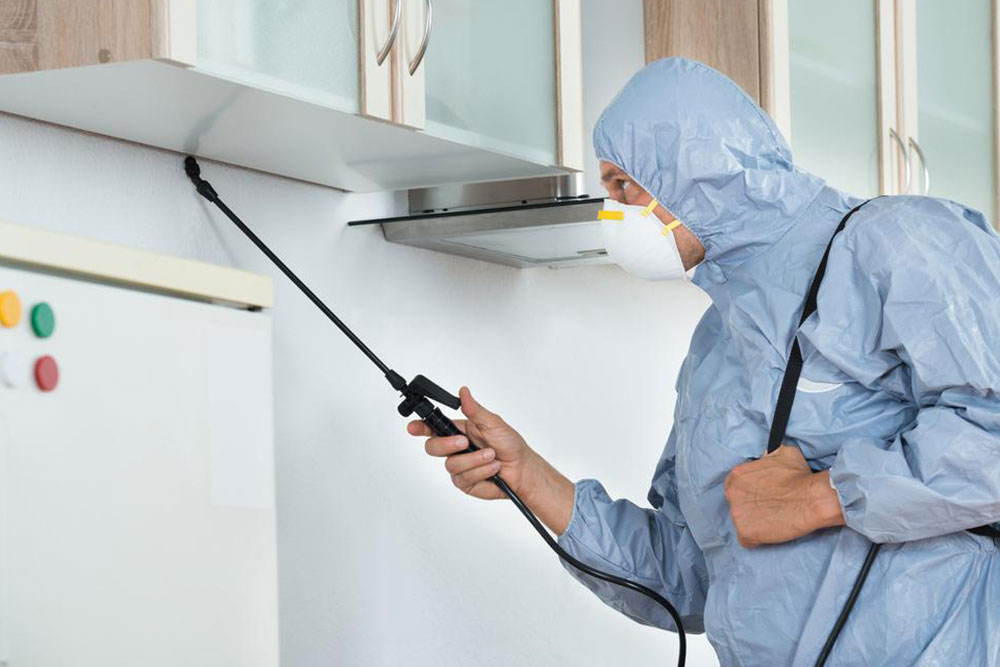Ultimate Guide to Detecting and Eliminating Bed Bugs at Home
Learn how to detect bed bugs early with simple signs and common hiding spots. This comprehensive guide offers tips on inspection and control methods to protect your home from infestations effectively.

Ultimate Guide to Detecting and Eliminating Bed Bugs at Home
Identifying bed bug hiding spots is essential for successful eradication. Accurate detection allows targeted treatment using effective bed bug sprays. Focus on common infested areas to maximize your inspection efforts.
How to spot bed bugs?
Reliable detection involves observing physical clues. When cleaning or returning from travel, check for these signs:
Rust-colored stains on bedding from crushed bugs.
Dark spots, indicating droppings.
Small eggs and shells, roughly 1mm.
Pale, yellow shed skins from growing bugs.
Live bed bugs in hiding or crawling.
Common hiding spots include: Bed bugs prefer concealment when not feeding, often in mattress seams, piping, tags, bedframe cracks, behind wallpaper, and electrical outlets.
During severe infestations, bed bugs may be found in these areas:
Furniture seams and curtain folds.
Drawer joints and near electrical outlets.
Behind wall coverings and wallpaper.
Inside screw holes of furniture and fixtures.
Quick action is crucial—consider professional pest control or DIY methods to eliminate them effectively and protect your home.
Note:
This blog provides helpful insights on various topics. While based on thorough research, it is not a substitute for professional advice. We disclaim liability for any data inaccuracies and decisions made solely on this information. Promotional offers may not be included here.


